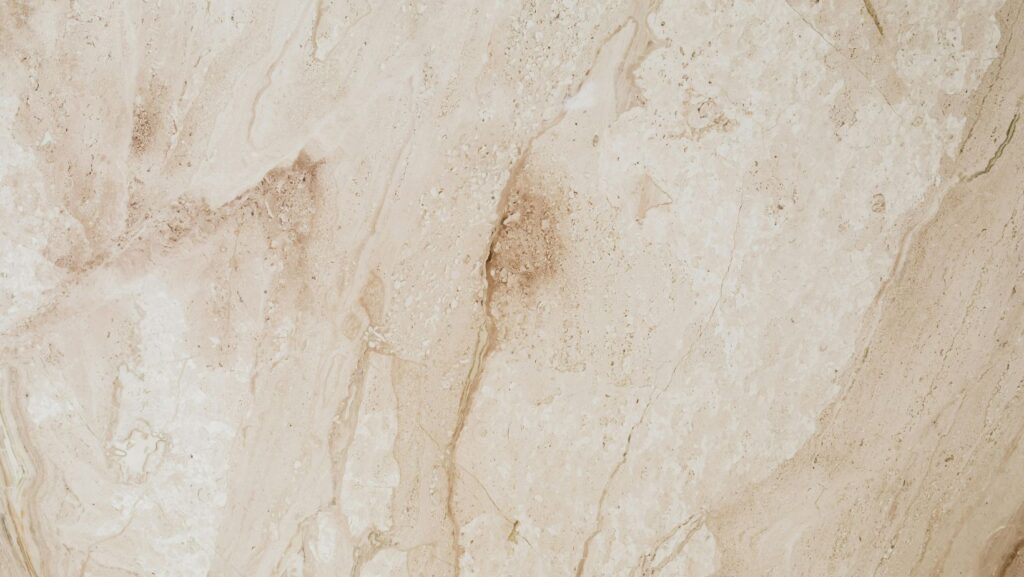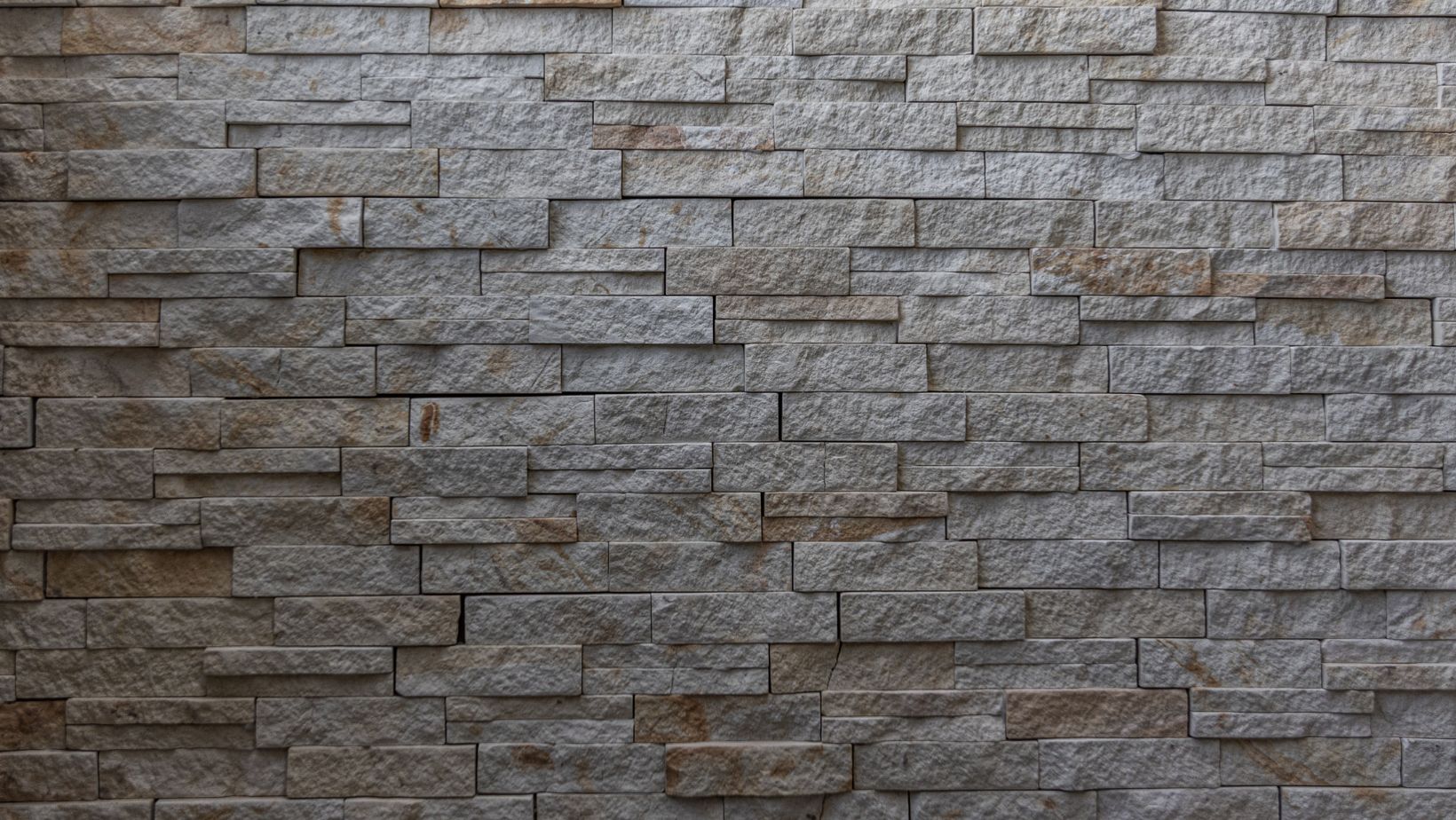Create a Tailor-Made Atmosphere: Designing Walls That Reflect Who You Are

Crafting a space that mirrors your personality is one of the most intentional and rewarding aspects of interior design. When you decide to shape an environment that truly feels like home, you are not simply decorating walls—you are defining how you want to live, feel, and express yourself every single day. The idea of Des murs qui reflètent votre personnalité – créez une ambiance sur mesure captures this emotional and creative ambition perfectly: walls become more than surfaces; they transform into reflections of your identity, your habits, and the stories you want your space to tell. In today’s world, where customization and personal meaning have become central to home design, shaping walls with mood, character, and style is no longer a luxury but a natural part of creating a place that fully resonates with your lifestyle.
When thinking about how to give your rooms more soul and intention, it is often the walls that serve as the foundation for atmosphere and emotional tone. They anchor the space visually, influence light and depth, and interact subtly with the furniture and decor you choose. Before moving into smaller design choices, it helps to understand how surfaces affect the broader feeling of a room. Whether you prefer minimalism, artistic expression, nature-inspired calm, or bold patterns that communicate energy, everything begins with how your walls set the stage. And for many homeowners, exploring options such as papier peint becomes a first, powerful step toward giving a room its own emotional signature. It is through these foundational decisions that a harmonious, custom-made ambience starts to emerge—one that honors both style and personal meaning.
Understanding Why Walls Define the Soul of a Room
The soul of any interior space begins with the walls because they form the largest visual surfaces and create the framework for how a room is perceived. Every shift in color, texture, or pattern influences how you emotionally connect with your surroundings. A soft, matte surface may invite calmness, while a vibrant graphic pattern might inject energy and creativity. Walls also behave like silent communicators—they tell guests who you are without needing verbal explanation. A thoughtfully designed wall not only enriches the aesthetic experience but also subtly shapes daily mood, comfort, and clarity of mind. When you realize how walls influence psychology and atmosphere, you begin to understand why they are always the starting point of intentional interior design.
In addition to shaping the emotional tone of a space, walls contribute to how depth, scale, and structure are perceived. The same room can appear more spacious or more intimate depending on the tones and textures used. This opens up a rich spectrum of creative opportunities to influence the feeling of a room far beyond decorative choices. A strategically placed accent wall can add direction and focus, while a continuous color or pattern surrounding the room can create immersive harmony. These effects are particularly impactful in smaller spaces such as entryways or work areas, where visual choices can make the difference between feeling confined and experiencing balanced fluidity. When walls support your desired lifestyle—calm mornings, energizing workspaces, or restful evenings—the entire room becomes more intentional and aligned with your real needs.
“When your walls reflect your inner world, your home stops being a place you live in and becomes a place that expresses who you truly are.”
This idea encapsulates the heart of a tailored ambience, reminding us that design choices are never superficial: they influence how we think, feel, and move through our daily lives.
How Personal Style Shapes the Atmosphere You Create
Your personal style is the compass that guides the atmosphere of your home. Whether you lean toward bold artistic flair or subtle natural tones, your walls become a canvas where your preferences come to life. The first step in defining your wall design is recognizing the emotional qualities you want your environment to evoke. Do you envision a relaxing retreat where natural hues create a soothing effect? Or do you prefer a stimulating environment with graphic elements that encourage creativity and momentum? Once you identify the emotional tone you desire, shaping your walls becomes not only easier but also deeply meaningful.
A helpful approach is to reflect on environments where you feel most inspired, relaxed, or energized. Many people draw from experiences such as a tranquil vacation home, a favorite café, or an art exhibition that left a lasting impression. These emotional references can guide your selection of colors, textures, and materials. For example, those inspired by Scandinavian simplicity may gravitate toward light wood tones and understated color palettes. Others who love vintage charm may prefer rich patterns, tactile textures, or warmer tones that evoke nostalgia. And those who thrive on modern vibrancy may incorporate bold contrasts or abstract elements.
- Your style isn’t fixed—it evolves with your lifestyle.
- Trends can guide you, but your personality should lead the way.
- The goal is not perfection, but authenticity and harmony.
To help visualize how different styles influence ambience, the following table highlights how certain design expressions correlate with emotional impact:
| Style Direction | Typical Characteristics | Emotional Effect |
| Minimalist Calm | Soft neutrals, smooth textures | Serenity, clarity, mental openness |
| Artistic Expression | Bold patterns, contrasting colors | Creativity, stimulation, personality |
| Natural Harmony | Earth tones, botanical textures | Peace, comfort, groundedness |
| Modern Luxury | Deep hues, metallic details | Elegance, confidence, sophistication |
Selecting a style is not about choosing a trend; it is about understanding which ambience supports the rhythm of your life.
Incorporating Color and Texture to Build a Tailor-Made Ambience
Color and texture are two of the most influential tools in wall design, shaping everything from spatial perception to emotional resonance. The moment you begin exploring tones and surfaces, you enter a world where small nuances create profound shifts in the room’s character. Soft, powdery hues can create a warm sense of intimacy, while deep jewel tones convey mystery, elegance, or a grounding effect. Even slight variations in undertone—warm vs. cool whites, muted vs. saturated colors—can significantly influence how light interacts with the room. Textures add yet another dimension: matte walls absorb light for a calming feel, while glossy finishes reflect light and create vibrancy. Structured surfaces, woven textures, or artistic finishes can make a space feel handcrafted and meaningful. When these elements work together harmoniously, they serve as the foundation for a personalized atmosphere that reflects who you are and how you want your environment to feel.
Beyond aesthetics, color and texture influence our cognitive and emotional states. Research in environmental psychology shows that colors can evoke specific moods: blues and greens help foster relaxation, while reds and yellows often stimulate energy and focus. Smooth, minimal surfaces may encourage calm thinking, while textured materials add a sense of physical and visual warmth. When planning your space, it is beneficial to combine both objective principles and intuitive preference. Ask yourself how you want to feel when you enter the room. Energized? Comforted? Inspired? Your answers guide the selection of tones and textures that best match your emotional goals. In many cases, a blend of subtle base colors with one or two accent textures offers a balanced approach that prevents a room from feeling static or overwhelming. This interplay of visual softness and tactile richness allows the space to evolve with you and adapt to different seasons or lighting conditions across the day.
A practical strategy when working with color and texture is to consider how they can support specific functions of a room. Workspaces benefit from crisp, clear tones that enhance focus, while living rooms may thrive with warm, inviting textures that encourage relaxation and conversation. Bedrooms, the most personal of spaces, often invite deeper explorations of comfort-driven design—textured neutrals, soft gradients, or calming natural hues that create a feeling of sanctuary. In transitional spaces such as hallways or entryways, where people spend shorter but frequent moments, bold colors or dynamic textures can create memorable visual impact without overwhelming the senses. As you refine these choices, you will notice that color and texture allow your space to communicate in subtle yet deeply expressive ways.
Balancing Personal Expression With Functional Harmony
Designing walls that reflect your personality does not mean sacrificing function or practicality. The most successful interiors are those that balance self-expression with the realities of daily life, ensuring that beauty and usability go hand in hand. When selecting colors, patterns, or materials, consider both the emotional qualities you want to evoke and the functional needs of the room. For example, a pattern that feels inspiring in a living room might feel too visually busy in a space dedicated to rest. Likewise, a deeply saturated color that looks stunning in a well-lit dining area might appear too heavy in a darker corridor. Balancing personality and practicality is about understanding how design interacts with the way you live.
One effective method for aligning expression and function is to divide your choices into primary and secondary wall elements. Primary elements form the visual core of your design—major colors, consistent textures, and foundational patterns. Secondary elements act as enhancements, adding subtle personality without overwhelming the space. This structure ensures that your personal expression feels intentional rather than chaotic.
Eine kurze unterstützende Liste, die diesen Ansatz verdeutlicht:
- Primary elements = stability, harmony, long-term appeal
- Secondary elements = personality, detail, dynamic accents
- The best ambience emerges when both categories are balanced
Function also plays a central role in determining durability and maintenance. High-traffic areas may require more robust wall coverings, easy-clean surfaces, or deeper textured materials that hide imperfections over time. Conversely, decorative or low-touch areas can accommodate more delicate finishes. It is essential to consider natural light, airflow, and use patterns when making these decisions. A well-balanced room allows your personal style to shine while ensuring that everyday routines remain effortless. The ultimate goal is to craft a space that feels expressive yet grounded—where creativity enhances comfort rather than competing with it.
A helpful way to maintain functional balance is to evaluate how different wall design choices interact with furniture and architectural features. If your furnishings are bold or colorful, your walls may benefit from subtle tones that allow these pieces to stand out without visual conflict. On the other hand, if you prefer clean, minimalist furniture, expressive wall designs can bring depth and warmth. This dynamic interplay between walls and decor creates a holistic design language that feels coherent and intentional. When expression and function coexist seamlessly, your home becomes a place that supports both your character and your wellbeing.
Using Art, Pattern, and Structure to Add Depth and Personality
Art, patterns, and architectural structures are powerful instruments for adding dimension to your walls and elevating the overall atmosphere of your home. Art in particular acts as a window into your personality, revealing what resonates with you emotionally, aesthetically, and even philosophically. A bold statement piece can become the focal point of a room, anchoring the design and setting a tone that radiates outward. Conversely, a curated collection of smaller artworks can create narrative depth, inviting viewers to explore different facets of your sensibility. The key is intentionality: each piece should serve a purpose, whether that is to evoke emotion, express identity, or balance the surrounding elements.
Patterns are another impactful tool for redefining a room’s character. Geometric shapes introduce structure and rhythm; organic motifs create softness and movement; abstract designs offer creative freedom. Patterns can be subtle or bold, expansive or restrained, depending on the level of visual intensity you want to achieve. In many cases, patterns work best as accent features that add depth without overwhelming the entire space. One approach is to select a single feature wall that showcases a graphic motif, supported by calmer surrounding tones. This method allows the pattern to shine while maintaining equilibrium. In other rooms, a more immersive approach may be appropriate—especially when aiming for artistic drama or themed design concepts.
Structure adds yet another dimension to wall design. Architectural details such as paneling, molding, insets, or textured wall installations introduce three-dimensionality and tactile interest. These structural features break up visual monotony, create depth, and guide the eye throughout the space. They also invite interaction and can transform a simple room into an elegant or character-rich environment. Whether you prefer contemporary linear structures or traditional molding with historic flair, architectural elements allow you to weave craftsmanship and personality directly into your walls.
Bringing Coherence to Every Room Through Intentional Wall Design
Creating a cohesive flow throughout your home is not about making every room look identical, but about ensuring that each space contributes to an overall sense of harmony. When your walls tell a unified yet diverse story, your interior environment feels thoughtfully composed rather than randomly assembled. Cohesion can be achieved in subtle ways: using recurring color accents, consistent textures across multiple rooms, or design motifs that echo throughout the home without overpowering any single space. The key is to maintain a visual conversation—from one room to the next—so that your interior journey feels fluid, not fragmented. This does not limit creativity; instead, it provides a framework that enhances the emotional consistency of your living environment.
Another way to create coherence is by understanding the functional and emotional role of each room. A living area may emphasize warmth and social energy, while a bedroom calls for serenity and rest. A home office might require inspiration and clarity, whereas a dining room may aim for elegance and conviviality. By defining the purpose of each space and aligning your wall choices accordingly, you create a rhythm that guides your design decisions. Even when the colors or patterns vary, this intentional structure helps the entire home feel interconnected. Complementary palettes, shared materials, or thematic transitions can tie everything together. Ultimately, wall design becomes a narrative tool—shaping the identity of your home while ensuring every room feels like part of a greater whole.
Maintaining coherence also involves recognizing when contrast is not only acceptable but beneficial. Not every room needs to echo the same tones or textures; sometimes, contrast adds dynamism and prevents monotony. The trick lies in thoughtful execution: a bold accent wall in one room may be balanced by a more subdued palette in the next. Repeating one or two elements—such as natural textures, warm metallics, or a specific undertone—helps maintain unity even when styles differ. Coherence does not mean uniformity; it means connectivity. And when this connectivity is expressed through your walls, your home feels both personal and architecturally grounded.
Crafting Walls That Reflect Your Identity
Designing walls that express your personality is an invitation to shape a home that feels authentic, meaningful, and emotionally aligned with who you are. When you begin with the principle of Des murs qui reflètent votre personnalité – créez une ambiance sur mesure, you embrace a design philosophy that values individuality over trends, storytelling over superficial decoration, and emotional connection over simple aesthetics. Your walls become a living canvas—ever-evolving, deeply expressive, and intimately connected to your identity. The decisions you make along the way—colors, textures, patterns, art, and structure—are not random choices but deliberate expressions of your lifestyle, your values, and your sense of beauty.
As you move through your home, each room can tell a different chapter of your personal story. A serene bedroom may reveal your need for rest and introspection; a vibrant living room may reflect your love for energy, conversation, and warmth. Even small, transitional spaces hold expressive potential, offering visual surprises or subtle continuity. When you design with intention, every wall contributes to the emotional architecture of your home.
- Some choices nurture calm.
- Others encourage creativity.
- All contribute to shaping a space that supports your everyday wellbeing.
Ultimately, the beauty of tailored wall design lies in its flexibility and authenticity. You are not confined to one style, one palette, or one idea. Instead, you are free to shape an ambience that grows with you, responds to your evolving needs, and elevates your daily experiences. Your home becomes a reflection of who you truly are—not only in what you display, but in how the atmosphere makes you feel. When your walls tell your story, they transform your living environment into a sanctuary of self-expression, comfort, and meaning. This is the essence of designing a tailor-made ambience: creating a home that celebrates your identity and enriches the rhythm of your life.


 Opulent Places Around the World that Homeowners Can Draw Inspiration From
Opulent Places Around the World that Homeowners Can Draw Inspiration From  How Often Should You Book a Tankless Water Heater Service in Georgetown?
How Often Should You Book a Tankless Water Heater Service in Georgetown?  How Can Industrial Power Station Choose Compliant and Economical Emission Reduction Paths?
How Can Industrial Power Station Choose Compliant and Economical Emission Reduction Paths?